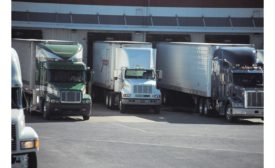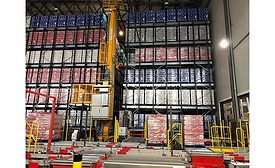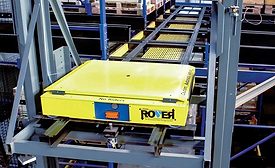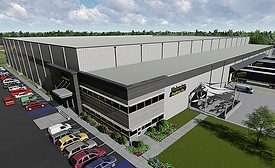Home » cold chain
Articles Tagged with ''cold chain''
High pressure processing will continue to expand with increasing consumer demand for natural, fresh-tasting foods without preservatives
Read More
Cover Story
Cold Storage Construction and COVID-19
How the pandemic is transforming new-build and renovation projects in 2020.
September 1, 2020
How the Cold Food and Beverage Supply Chain is Performing During the COVID-19 Pandemic
Workplace safety initiatives, strategic reallocation of inventory, and online resources are keeping the cold chain moving, according to the GCCA.
March 23, 2020
Android is not just for smartphones—it’s for smart low-temp operations too
Despite the critical need for accountability, many processing facilities and distribution centers are using devices that run on legacy Windows systems.
September 27, 2019
Automation
Flexibility is key for automated pallet movement in cold storage facilities
Automated storage and retrieval systems have emerged as highly desirable solutions for refrigerated and deep-freeze warehouses
April 8, 2019
Industry News
Tippmann Innovation completes 180,000-sq.-ft. facility in Detroit
The state-of-the-art meat cold storage facility in Detroit’s Eastern Market District brings new jobs to Detroit
February 8, 2019
Field Reports
Rugged Pallet Rack Helps Cold Storage Distributor Optimize Operations
Rack designed to application helps Manfredi keep up with growth
January 30, 2019
Elevate your expertise in food engineering with unparalleled insights and connections.
Get the latest industry updates tailored your way.
JOIN TODAY!Copyright ©2024. All Rights Reserved BNP Media.
Design, CMS, Hosting & Web Development :: ePublishing












